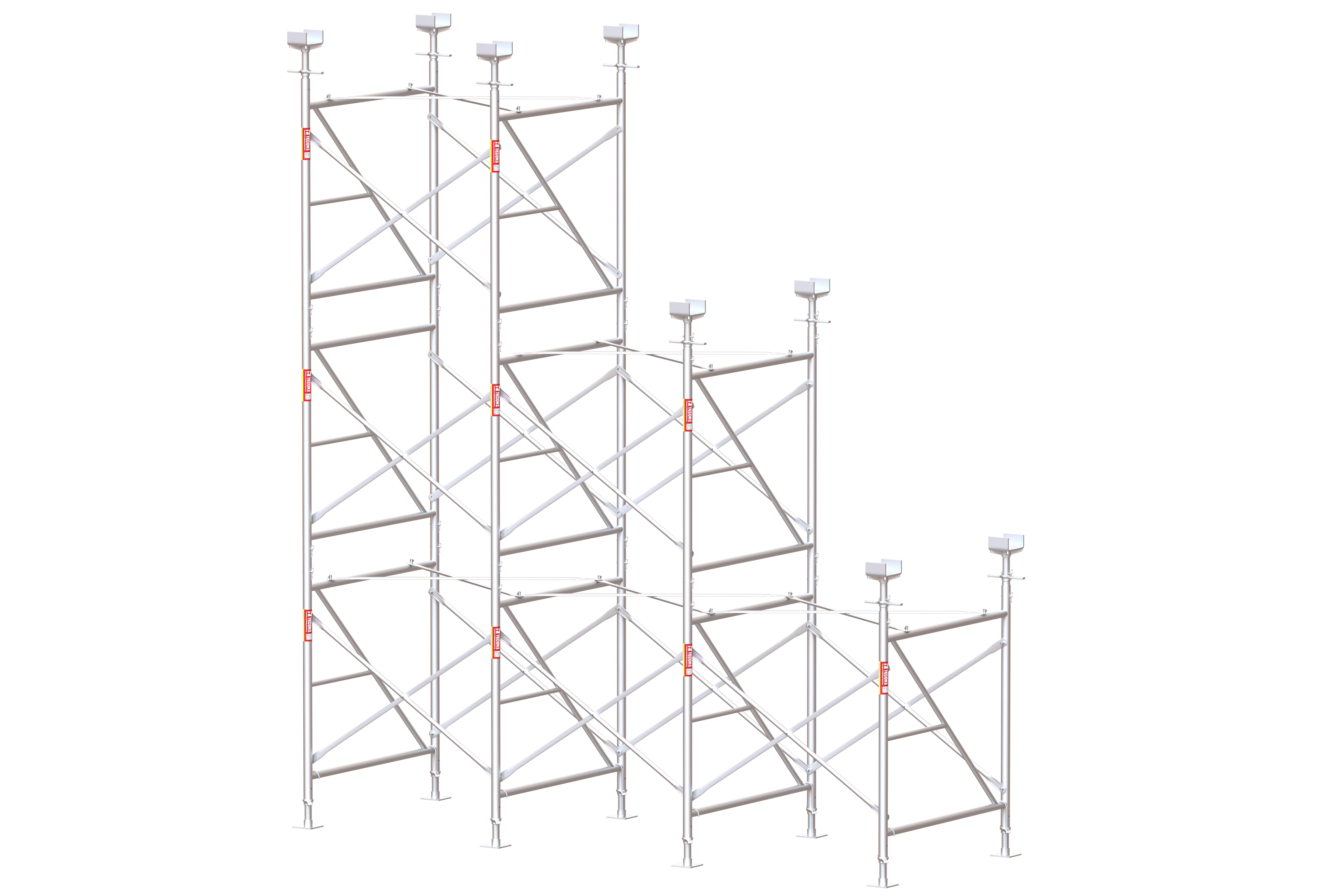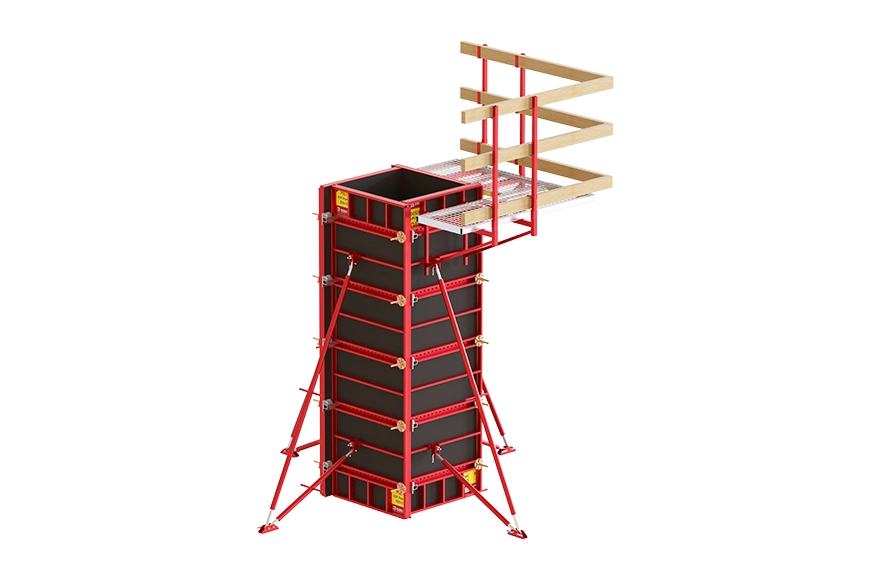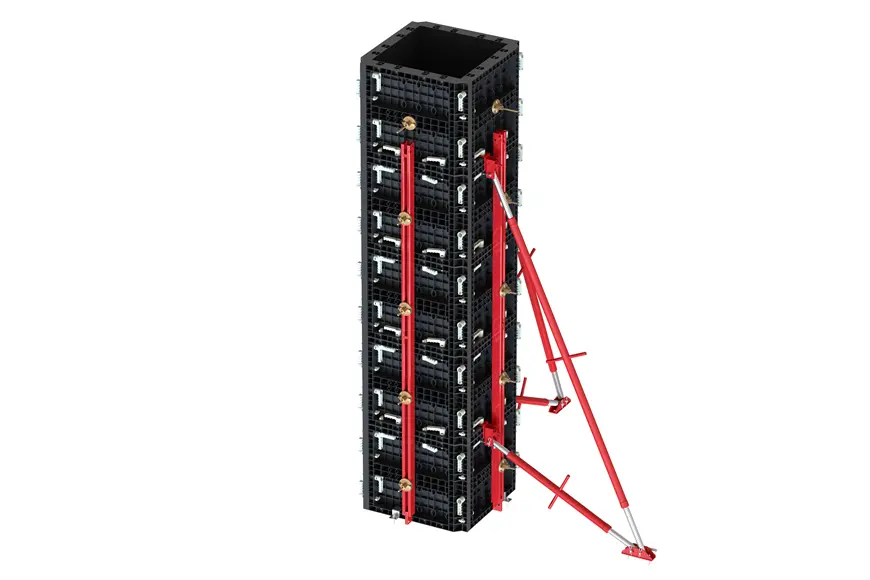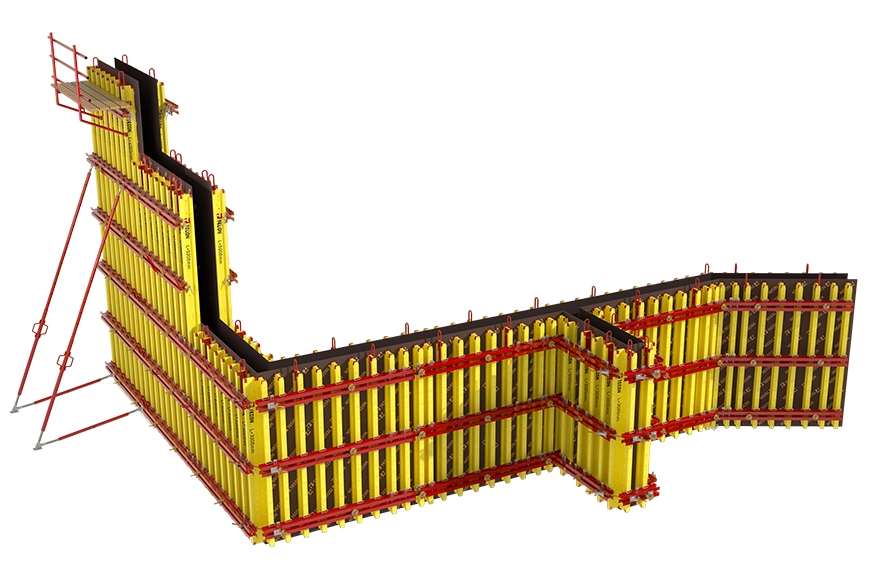In the construction industry, formwork plays a crucial role in shaping concrete structures during the building process. Two popular formwork options used by contractors and builders are aluminium formwork and timber formwork. Each method has its own set of advantages and considerations. In this article, we will explore the key differences between aluminium formwork and timber formwork, providing you with insights to help you make an informed decision based on your construction needs.
Aluminium formwork is a modern construction technique that utilizes lightweight Aluminium panels to create temporary molds for pouring concrete. These panels are designed with precision and are highly durable, allowing for multiple reuses. The aluminium formwork system consists of interlocking panels that can be easily assembled and dismantled, making it efficient and time-saving. Its versatility allows for customization to suit various shapes and sizes of structures.
Advantages of Aluminium Formwork
Durability: Aluminium formwork is known for its excellent strength-to-weight ratio, making it sturdy and long-lasting. It can withstand the pressures exerted during the concrete pouring process and can be used for multiple construction projects, resulting in cost savings in the long run.
Efficiency and Speed: The interlocking design of aluminium formwork panels enables quick assembly and disassembly, reducing construction time significantly. The system also eliminates the need for extensive support structures, enhancing productivity and efficiency on-site.
Quality Finishes: Aluminium formwork provides smooth and uniform concrete finishes, eliminating the need for additional plastering or finishing work. This results in time and cost savings, as well as a visually appealing end product.
Timber formwork, also known as traditional formwork, involves using timber panels or plywood to create temporary molds for concrete pouring. This method has been widely used for decades and is still popular due to its availability and affordability. Timber formwork is suitable for various types of construction projects, including residential, commercial, and industrial buildings.
Advantages of Timber Formwork
Cost-Effective: Timber formwork is generally more economical compared to aluminium formwork, especially for smaller construction projects. Timber materials are widely available and cost-effective, making them accessible to contractors with budget constraints.
Flexibility: Timber formwork can be easily customized and cut on-site, allowing for adaptability to various shapes and sizes of structures. It offers versatility in accommodating unique design requirements or irregular layouts.
Natural Insulation: Timber possesses natural insulating properties, which can help regulate temperature and reduce energy consumption. This can be advantageous in areas with extreme climates, as it contributes to the overall energy efficiency of the building.
Construction Time: Aluminium formwork is known for its speed and efficiency, enabling faster construction progress compared to timber formwork. The interlocking panels and easy assembly process of aluminium formwork save significant time during the construction phase.
Reusability: Aluminium formwork is highly reusable, offering a cost-effective solution for multiple projects. Timber formwork, on the other hand, may have limited reuse potential due to wear and tear, especially in high-stress areas.
Maintenance and Storage: Aluminium formwork requires minimal maintenance and can be stored easily due to its lightweight nature. Timber formwork, however, needs regular maintenance, such as cleaning, treating, and storing in a dry environment to prevent rot and deterioration.
Aluminium formwork and timber formwork are two popular choices for shaping concrete structures during the construction process. Aluminium formwork offers durability, efficiency, and high-quality finishes, making it ideal for large-scale projects. Timber formwork, on the other hand, is cost-effective, flexible, and provides natural insulation properties. The choice between the two depends on factors such as project size, budget, timeline, and specific construction requirements. By understanding the key differences, you can make an informed decision and select the most suitable formwork method for your construction project.





